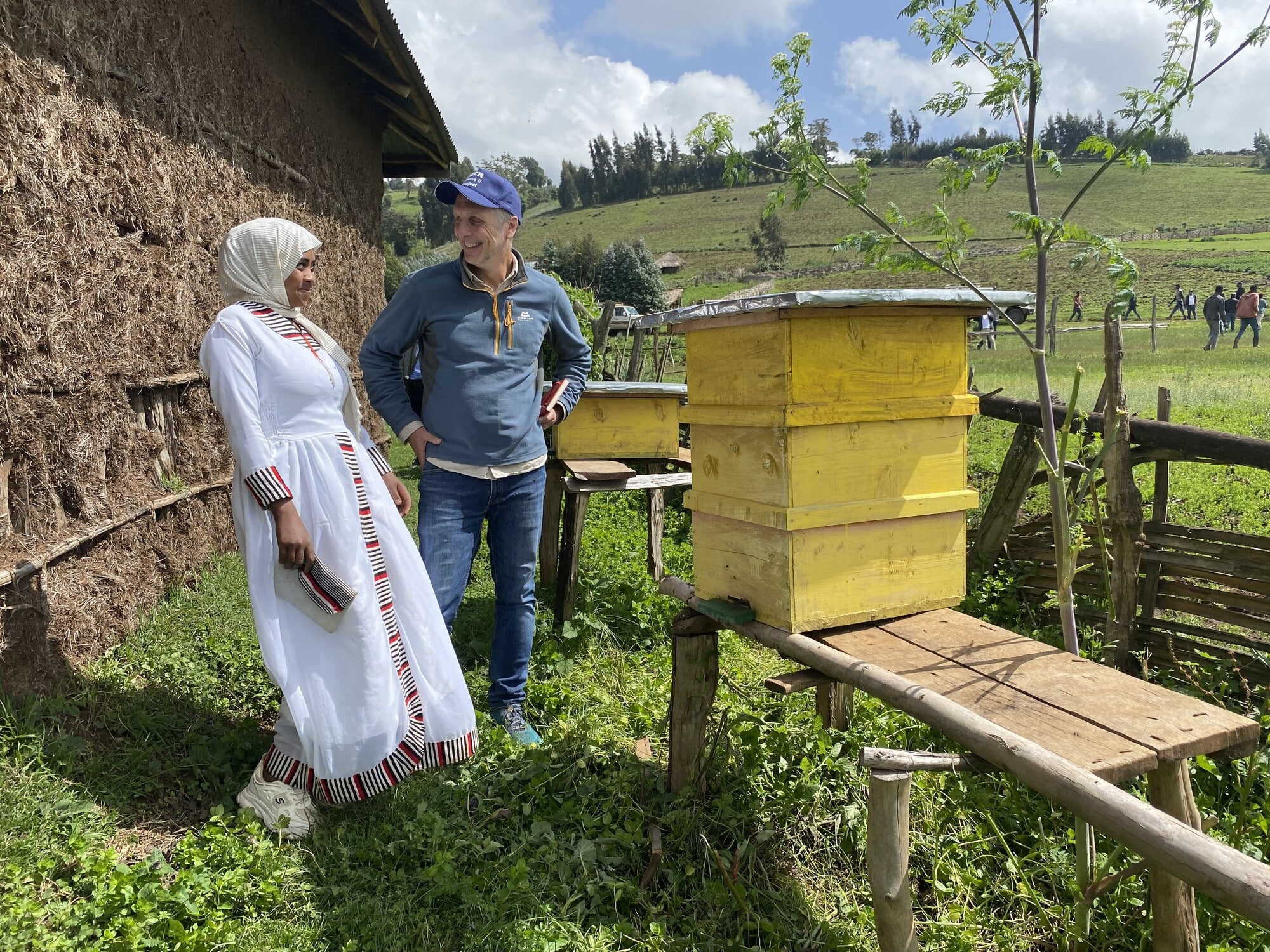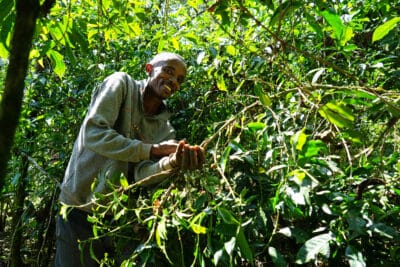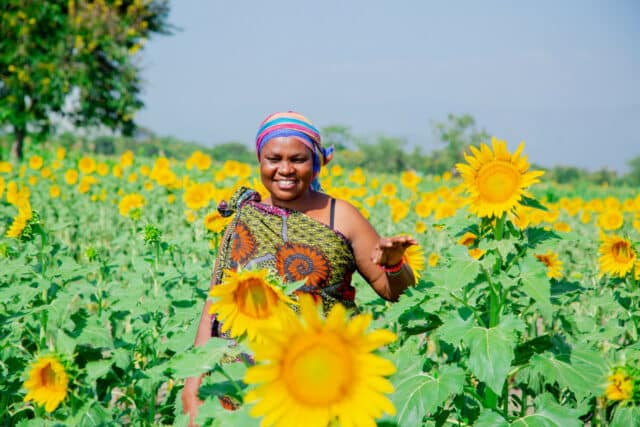Expert view
Ethiopia
19 July 2023
Five steps to reducing livestock’s impact on the environment

By Dan Collison, Chief Executive, Farm Africa
The three-year drought in the Horn of Africa has devastated lives and livelihoods across the region. The UN estimates that over nine million animals have died – goats, cattle and camels that are essential assets of farming and pastoralist communities.
Supporting livelihoods that are based on healthy livestock herds during a prolonged drought is a real challenge. It’s a reminder that animal production and animal health is part of One Health – an approach that recognises the interconnectedness of the health of people, the environment and animals.
I saw this in action recently during a wonderful visit to Farm Africa and partners’ landscape management programme, funded by the European Union and Jersey Overseas Aid, in the Bale Eco-region, in the Oromia region of southern Ethiopia.

The project uses multiple approaches to strengthen and diversify livelihoods in order that communities have more profitable and sustainable options available to them than encroaching into and denuding the forests and grasslands, which support the region’s unique biodiversity and regulate watersheds and river systems far into Somalia and northern Kenya, as well as providing crucial carbon sinks.
Sustainably rearing livestock is crucial in this.
Poorly managed grazing is terribly destructive to the forest, and can degrade grassland. As a result, farmers and pastoralists need to push deeper into the natural habitat to find grazing areas. This was explained to me by Ethiopian army veteran and cattle owner Gizaw Beneye.

Having seen the devastating effects of deforestation and desertification in other parts of the country, Gizaw is now a committed environmentalist. He’s proud of the five steps he’s taking, with support from Farm Africa, to raise healthy, high-yielding livestock in a way that protects the environment. Here’s how:
- Using improved seeds and organic compost he grows high-quality animal fodder of vetch and oats in dedicated field space. And using the ‘cut and carry’ method, he uses this to feed his cows, reducing the need for them to roam into the forest in search of food.
- The improved fodder regime increases the yield and quality of the cows’ milk production, as well as increasing fattening rates – more meat on the hoof brings a better price at market.
- The improved fodder mix also enhances soil health, retaining moisture and reducing grassland degradation.
- The local Borana cattle varieties are being successfully cross-bred with Holstein Fresian breeds, again improving milk and meat yields. Very importantly, these higher yielding varieties allow Gizaw to actually reduce the herd numbers, further reducing pressure on the grazing lands and the forest.
- An essential part of this is the availability of trained community animal health workers who can provide basic health care to the animals, on a commercial basis that community members like Gizaw are willing and able to pay for from their increased earnings.

Alongside sustainable cattle rearing, I was very pleased to see Farm Africa’s well established revolving goat scheme method embedded into the project. This is a fantastic way of getting productive assets (goats) into the hands of very low-income women, many of whom have never have owned any property before.
The scheme involves giving three goats each to selected women. Just like with the cattle, higher yielding cross-bred goats are being introduced, meaning more milk and meat can be produced from fewer animals.
Once the goats reproduce, each woman passes on three female goat kids to a neighbour. And so the scheme spreads through the community, again supported by a network of Community Animal Health Workers.

After such a tough few years, which have decimated livestock numbers and put enormous stress on the environment, it has been fantastic to see the impact that this project has in reducing livestock’s impact on the environment, while boosting communities’ livelihoods and ability to care for their families.
As Gizaw proved, five simple steps can improve the health of livestock, the environment and people alike.




